Photo works

After the government built structures such as houses, a dong (regional) office, and a town hall, this area took on the façade of a village. It is said that “cultural houses” built at the time were all given away for free, yet residents at first rejected moving in due to faulty construction work and designs that were not appropriate for farming families. Later, the government developed the village a second time. Freedom Village became a more modernized village during this second development process after roads were repaved,water supply and drainage facilities refurbished, and public infrastructure was adopted according to a masterplan.
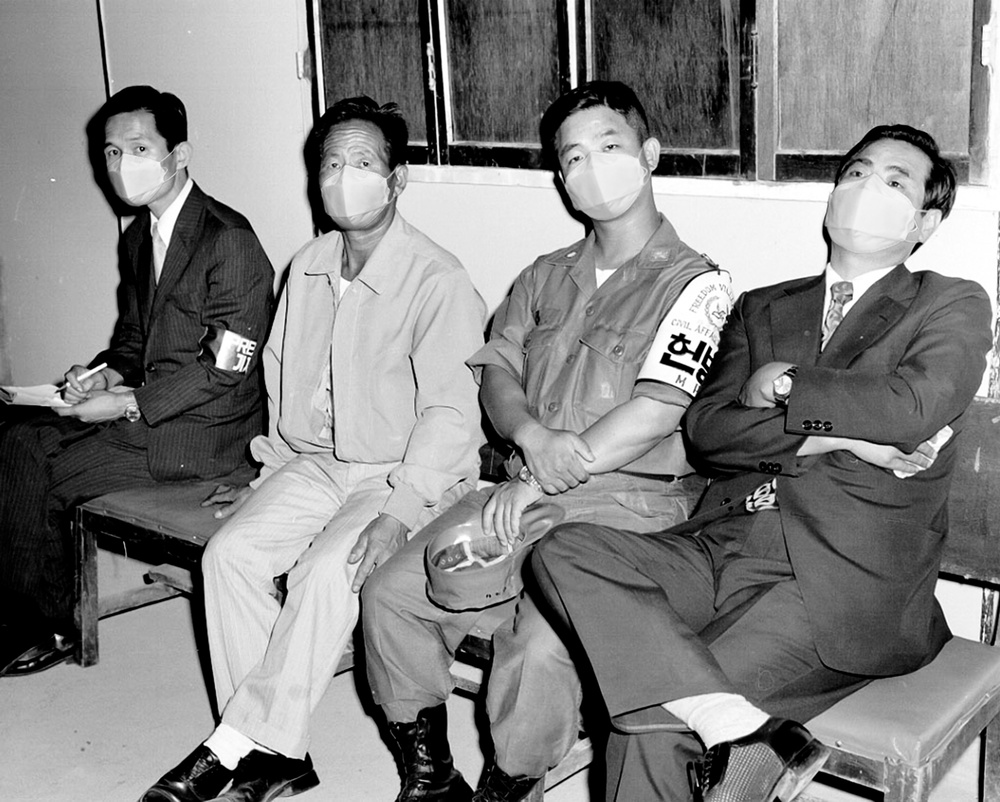
At the center of the village is a military office where armed soldiers stay posted 365 days a year. They support overall administrative affairs and work for the safety of residents. For example, they watch for outsiders who are entering the village and accompany residents when they are farming. Even today, people need to report to this office in order to enter/leave the village. In addition, people are prohibited from taking pictures in this area.

One summer years ago, the central area of the country was badly damaged by floods from local rain showers. When the rain stopped, donations for flood victims reached the village every day. However, one month later, even before they had dealt with all of the flood damages, another localized heavy rainfall swept through the village. The government from the other side of the border sent rice, textiles, cement, and medicines via the Red Cross on humanitarian grounds. Accordingly, a temporary Red Cross headquarters was established at an empty lot of Freedom Village in order to receive the goods.

There is an observatory at the mountain top which is 4.3 km southeast from the village. After an old observatory was closed, the government installed this one as a national security-related tourist attraction that is open to the public. The total floor area of the building is 800 m² and facilities include 500 seats for observation, a VIP Room, and a situation room. With dozens of telescopes installed here, visitors can see surrounding cities clearly. People who want to visit need to submit an application in advance through the Security Field Trip program.
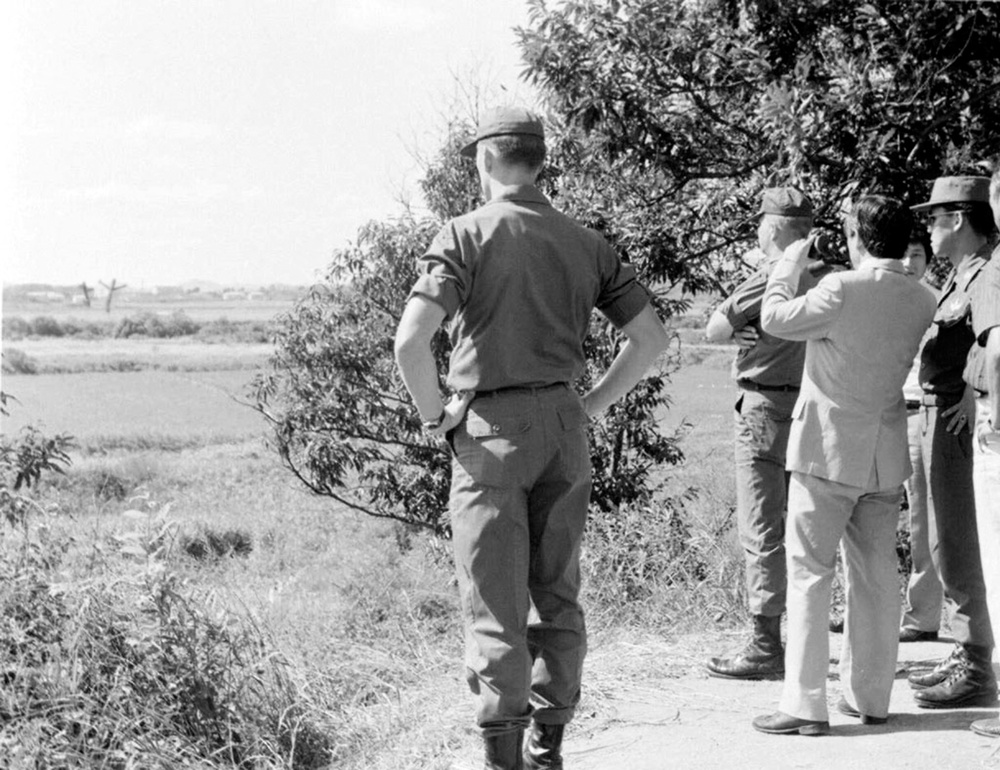
The surrounding area of Freedom Village, where few people visited for several decades, has become an “animal paradise.” Over 2,710 species inhabit this area, including 45 species of mammals, 206 species of birds, 31 species of amphibians/reptiles, and 143 species of fish. This list also includes endangered animals such as musk deer, goats, wildcats, and spoonbills. Through recent research, 22 new species of insects, including the endangered species Copris tripartitus and Fabriciana nerippe, have been discovered.

There is a youth group that helps busy farmers with their work as well as the village’s joint projects. Currently, it has 19 members and there is no fee to join, nor is there a membership fee or age restriction to become a member. There are also other organizations such as a senior citizens club, a women’s society, a mutual aid society to help families with funerals, and another village organization for production activities.
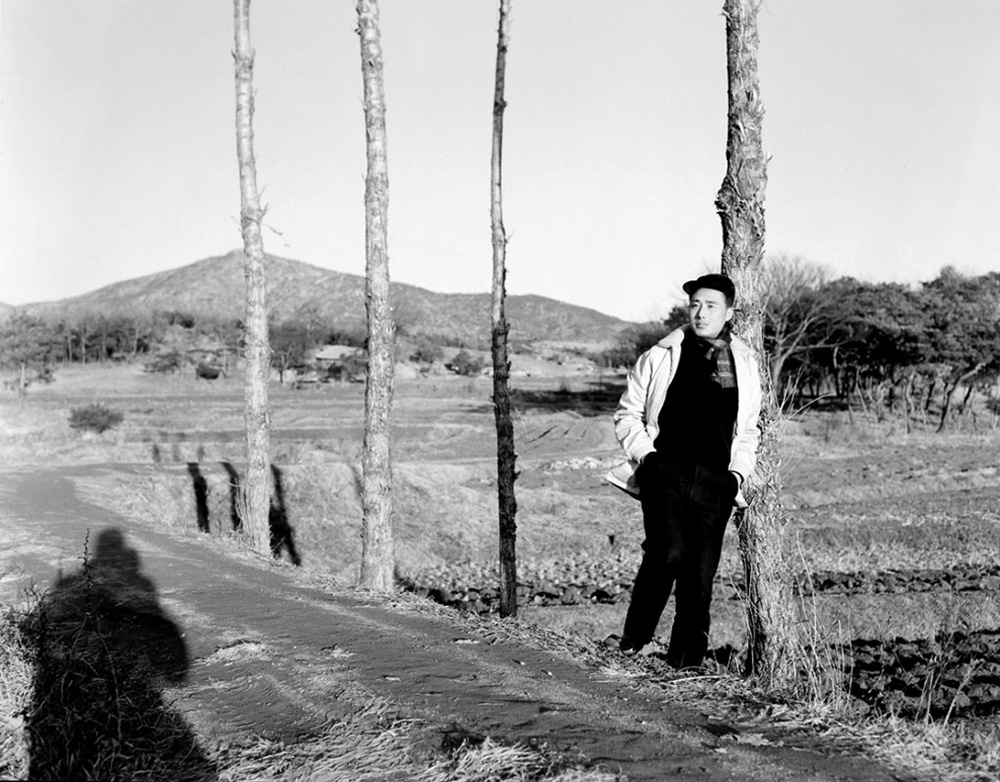
Long ago, villagers wove cloth by growing cotton. However, since they did not weave the cloth personally, they bought it from the market and then dyed it to make their own clothing. They even made jumpers for the winter. Although things differed depending on each household’s finances, most people started buying clothes after the war.
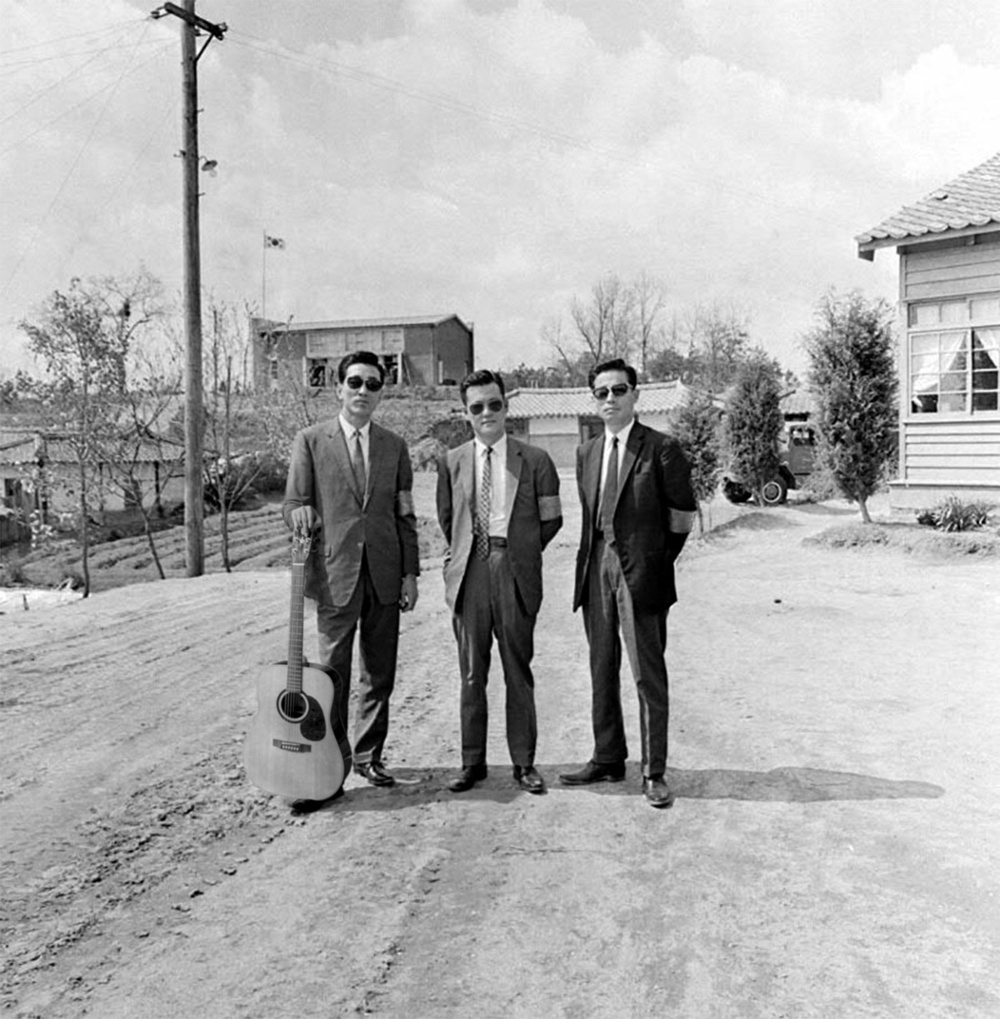
Every autumn, a party is held with two other nearby villages. The venue changes every year according to the host village, and people enjoy themselves mainly with traditional games and a singing contest. A few years ago, a 60th anniversary celebration party was held. There were over 300 honored guests as well as various events, including a performance by elementary school students.
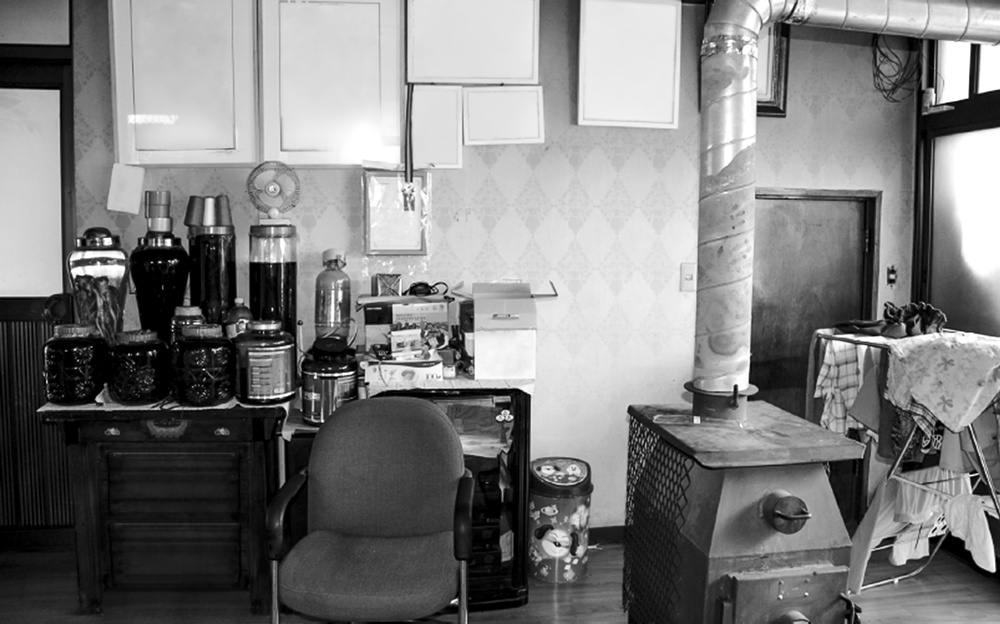
Long ago, the village staged a huge gut (shamanic ritual) every two years under a tree situated upon a hill at the village entrance. This ritual is not held any longer, but some families still offer a sacrifice to the spirits. The process of the sacrifice ritual is very simple. People make steamed rice cakes, put them on a table, and then bow towards the table three times. They then share the steamed rice cakes with neighbors.
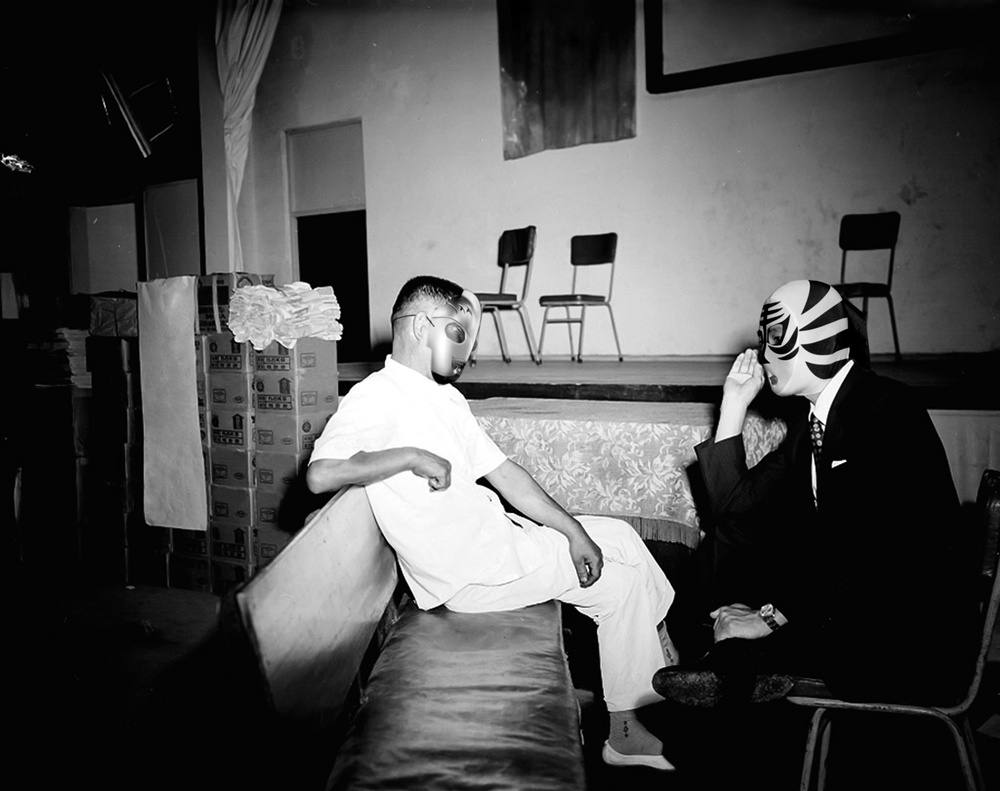
Old stories of seeing goblins are common among villagers. There are various versions, like the one in which a person fainted at the blue light of some goblins while crossing a mountain only to wake up the next morning. Then there was a broomstick that moved all by itself and the lid of an iron pot that opened by itself. Old ladies said they witnessed white beings standing throughout the village. These days, however, almost nobody claims to have seen any goblins.